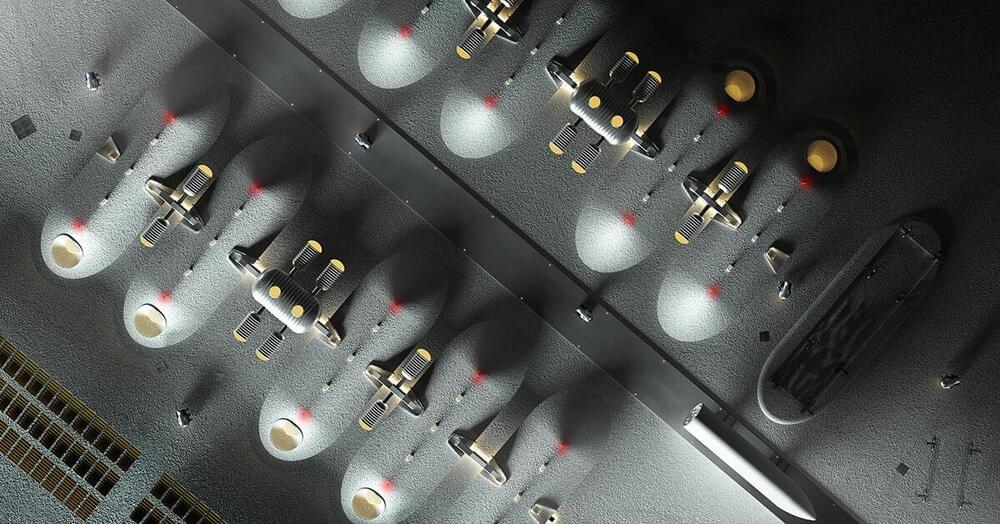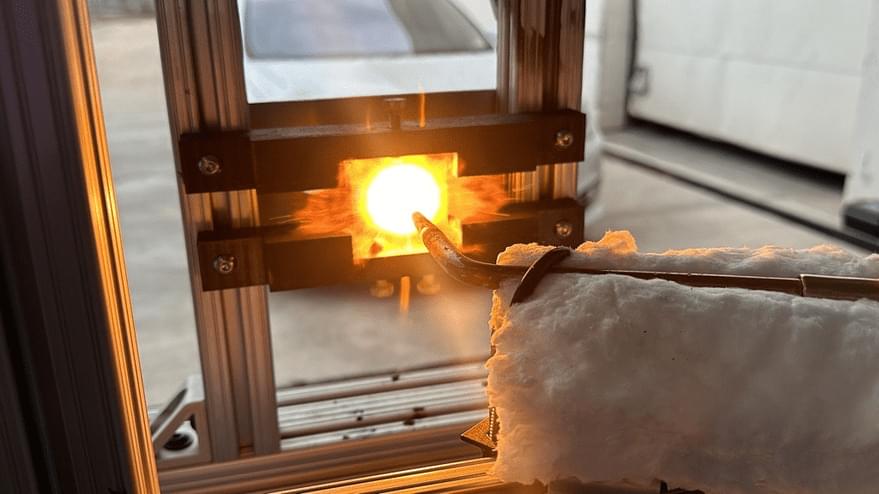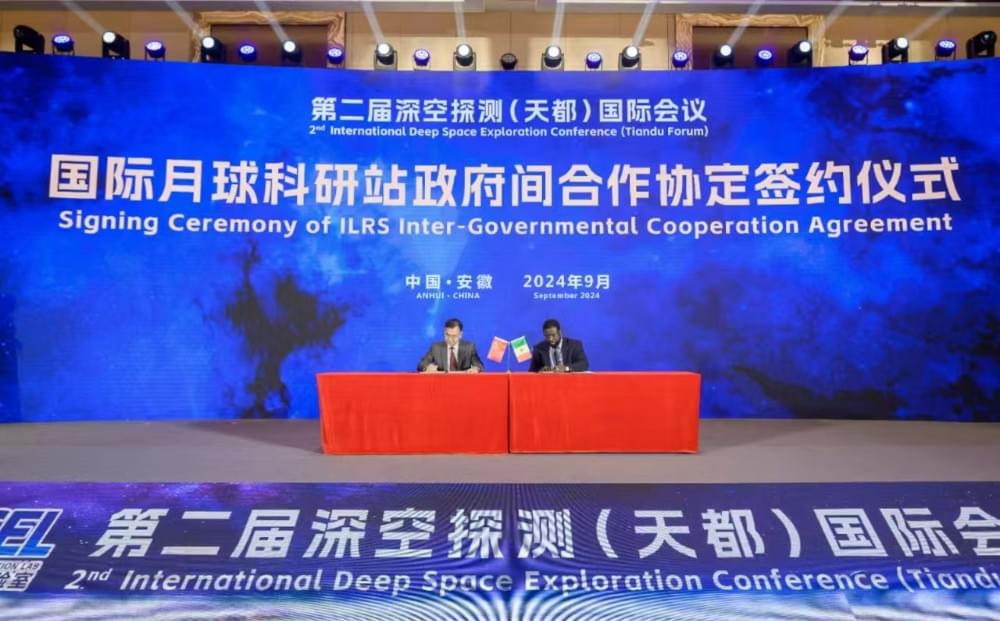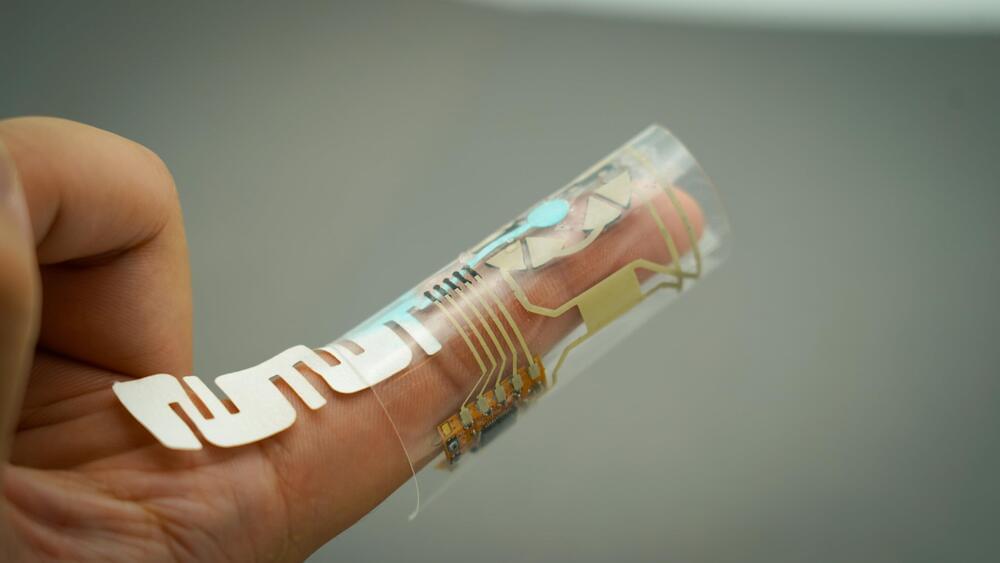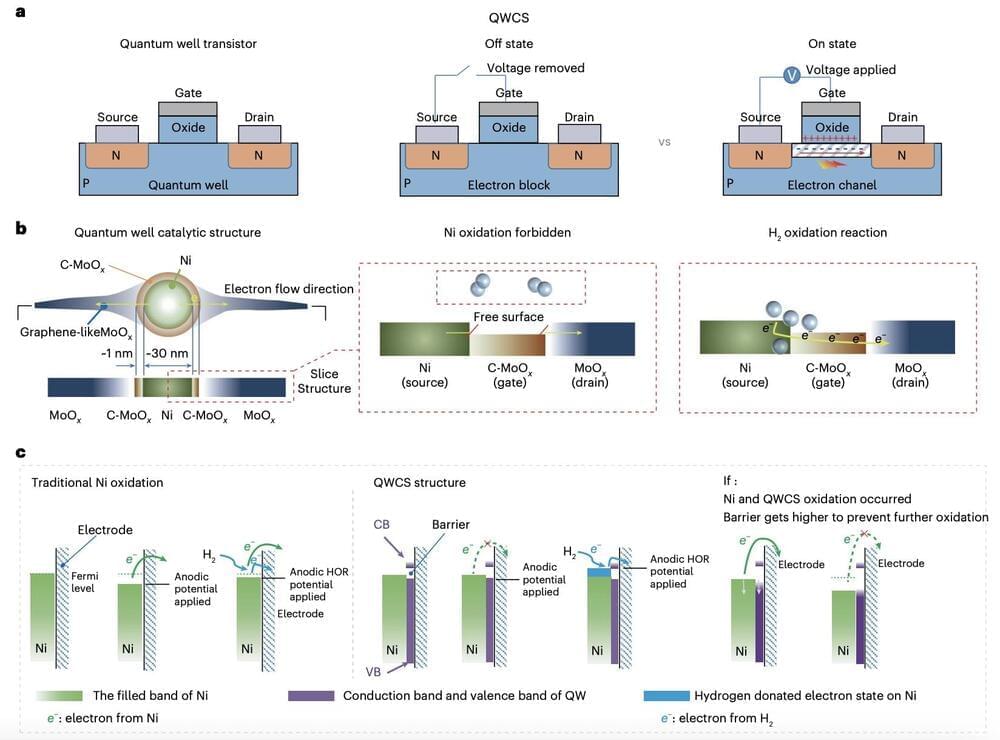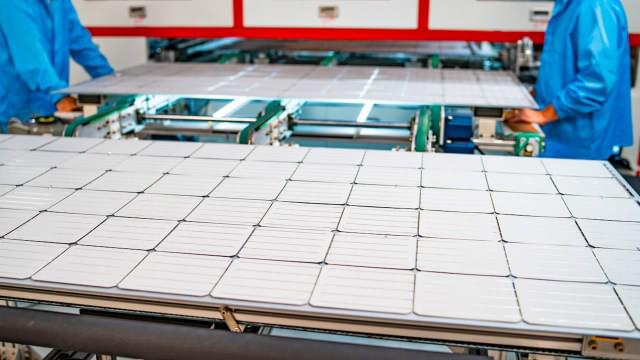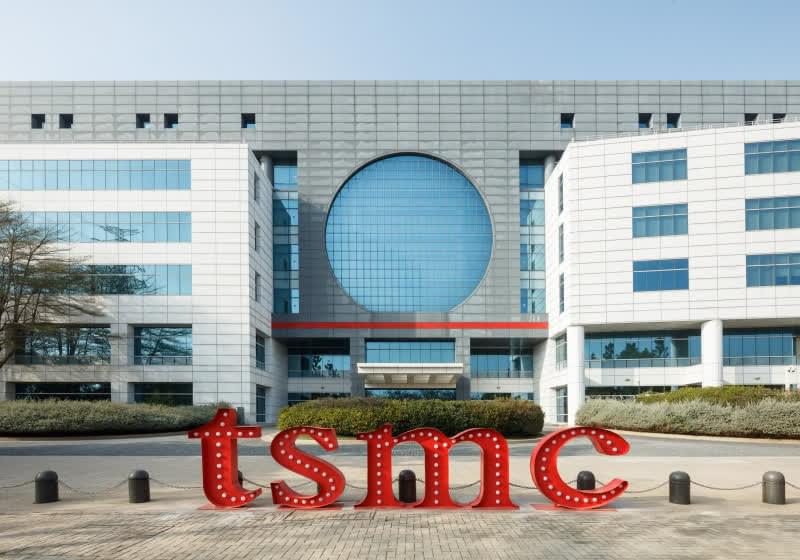Rocket horizon, led by a team from MIT, represents a pioneering interdisciplinary effort to create sustainable lunar habitats.
One contract focuses on Canopy’s transpiration-cooled TBS. Under a second contract, Canopy will embed high-temperature sensors in the TPS material.
Denver-based Canopy was founded in 2021 to develop manufacturing processes that rely on software, automation and 3D-printing to supply heat shields for spacecraft and hypersonic vehicles.
HELSINKI — Senegal’s space agency signed an agreement on cooperation on the International Lunar Research Station Thursday, swelling the ranks of the China-led project.
Maram Kaire, head of the Senegalese Space Study Agency (ASES) and Li Guoping, chief engineer of the China National Space Administration (CNSA) signed the agreement on cooperation in the International Lunar Research Station (ILRS) at the second international conference on deep space exploration (Tiandu) in Tunxi, Anhui province, Sept. 5.
The agreement came as Chinese President Xi Jinping held talks with Senegalese President Bassirou Diomaye Faye. The latter is visiting for the Beijing Summit of the Forum on China-Africa Cooperation (FOCAC) and a state visit.
A sweat-powered wearable has the potential to make continuous, personalized health monitoring as effortless as wearing a Band-Aid. Engineers at the University of California San Diego have developed an electronic finger wrap that monitors vital chemical levels—such as glucose, vitamins, and even drugs—present in the same fingertip sweat from which it derives its energy.
The advance was published Sept. 3 in Nature Electronics by the research group of Joseph Wang, a professor in the Aiiso Yufeng Li Family Department of Chemical and Nano Engineering at UC San Diego.
The device, which wraps snugly around the finger, draws power from an unlikely source—the fingertip’s sweat. Fingertips, despite their small size, are among the body’s most prolific sweat producers, each packed with over a thousand sweat glands. These glands can produce 100 to 1,000 times more sweat than most other areas of the body, even during rest.
Fuel cells are energy-conversion solutions that generate electricity via electrochemical reactions without combustion, thus not contributing to the pollution of air on Earth. These cells could power various technologies, ranging from electric vehicles to portable chargers and industrial machines.
Despite their advantages, many fuel cell designs introduced to date rely on expensive materials and precious metal catalysts, which limits their widespread adoption. Anion-exchange-membrane fuel cells (AEMFCs) could help to tackle these challenges, as they are based on Earth-abundant, low-cost catalysts and could thus be more affordable.
In recent years, many research groups worldwide have been designing and testing new AEMFCs. While some existing devices achieved promising results, most of the non-precious metals serving as catalysts were found to be prone to self-oxidation, which causes the irreversible failure of the cells.
ARLINGTON, Va. — Two SpaceX-built satellites successfully exchanged data using optical communications terminals in a milestone for the U.S. Space Development Agency (SDA), the agency’s director Derek Tournear said Sept. 4.
The satellites, part of SDA’s Tranche 0 experimental spacecraft in low Earth orbit, used laser terminals manufactured by Tesat-Spacecom to communicate. This marks the first time the agency has demonstrated laser communications in space using optical terminals compliant with military standards required for SDA satellites.
“We had not previously demonstrated laser communications,” Tournear said at a DefenseNews conference. He reported that the data exchange occurred on September 3, with the satellites establishing a connection in under 100 seconds and maintaining it for several hours.
“We have demonstrated that high-performance and environmentally sustainable lithium-ion batteries are not only possible, but also within reach.” Scientists convert waste from solar panels into advanced battery technology — and it could solve major issues with clean energy first appeared on The Cool Down.
State media Xinhua issued a brief report on Sept. 5 (Eastern), confirming the spacecraft’s return to Earth. The report provided no images, nor information regarding the mission and its landing site.
The “success of the experiment demonstrates the growing maturity of China’s reusable spacecraft technologies, which will pave the way for more convenient and affordable round-trip methods for the peaceful use of space in the future,” the report read.
The big picture: The US is committed to establishing semiconductor manufacturing within its borders, and perhaps no effort is more crucial to this goal than TSMC’s three-fab facility in Arizona. The government is pouring billions into the development, alongside TSMC’s $65 billion investment.
Taiwan Semiconductor Manufacturing Co. has reached a significant milestone in its expansion into the US. Recent trial production at the company’s new Arizona facility has yielded results comparable to those of its established plants in Taiwan, according to Bloomberg, which cited a person familiar with the company who requested anonymity. This development is a positive sign for the chipmaker’s ambitious US project, which has faced delays and doubts about whether it could match the production efficiency of its Taiwanese operations.
The Arizona plant began engineering wafer production in April using advanced 4-nanometer process technology. With production yields now on par with its facilities in Tainan, Taiwan, TSMC should be able to maintain its targeted gross margin rates of 53 percent or higher.
Two-dimensional (2D) semiconducting materials have distinct optoelectronic properties that could be advantageous for the development of ultra-thin and tunable electronic components. Despite their potential advantages over bulk semiconductors, optimally interfacing these materials with gate dielectrics has so far proved challenging, often resulting in interfacial traps that rapidly degrade the performance of transistors.
Researchers at King Abdullah University of Science and Technology (KAUST), Soochow University and other institutes worldwide recently introduced an approach that could enable the fabrication of better performing transistors based on 2D semiconductors. Their proposed design, outlined in a paper in Nature Electronics, entails the use of hexagonal boron nitride (h-BN) dielectrics and metal gate electrodes with a high cohesive energy.
“Initially, we found that when we use platinum (Pt) as an anode, the h-BN stack is less likely to trigger dielectric breakdown,” Yaqing Shen, first author of the paper, told Tech Xplore. “Based on this finding, we designed our experiments and found that Pt/h-BN gate stacks show 500-times lower leakage current than Au/h-BN gate stacks and exhibit a high dielectric strength of at least 25 MV/cm. This gave us the idea of using CVD h-BN as a gate dielectric in 2D transistors.”
